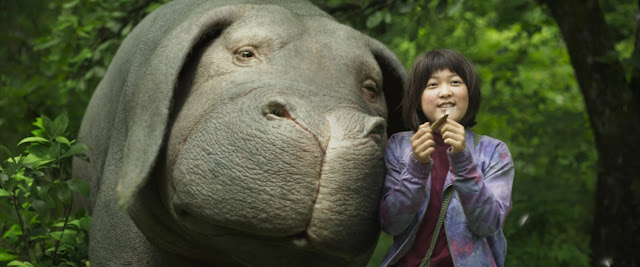BAD REVIEW: The Color of Pomegranates (1969)

I was told that the film I was about to see was an unconventional biopic. Something abstract, and something that reflects on an entire culture and a man's life in a surrealist way. I am always interested in a challenge like this. I've seen many a biopic, and I know the clichés and conventions that wear them down. Hollywood is a biopic machine, and every year there seems to be a few of them that they churn out that are carbon copies of the last one that they did. The fact of the matter is, I wanted to be entertained and fascinated by "The Color of Pomegranates" by Sergei Parajanov, and yet, about 30 minutes through it, I started to look at my phone. For art of any kind, this is not a good sign.

"The Color of Pomegranates" is an overbearingly pious, droning, surrealist snooze-fest. It's the cinematic equivalent of the album "Chant" by the Benedictine Monks. Supposedly, it was about the life of poet, songwriter and monk Sayat-Nova, but what I saw was just a long and tedious tribute to the Armenian Church. It seemed to me to be less about the man, and more about what surrounded him. I remember so much knitting, and chanting, and a giant flock of sheep. Oh, and chickens, lot of chickens. I don't get it. What do chickens have to do with the Armenian Church? Is it a big part of Armenian Culture? Do they eat a lot of chickens? Do they think it's a holy creature of some sort? All I know is, when Sayat-Nova dies, he's around dead chickens, and I really don't know why. Parajanov, it would be cool if you could explain what you mean by that, because you lost me.

I understand the romanticism of the church, considering that Parajanov is clearly trying to wow us with his elaborate focus to the material, as it floods the screen. Every inch of the set is covered from head to toe in Armenian culture. The costumes are helmed from the finest Armenian fabric, and the sets tower of the actors, so much so that close-ups and cuts become entirely unnecessary, since the mis-en-scene is so extravagant that Parajanov allows his actors to simply walk around the frame as the camera stays still in one place. This becomes the overall aesthetic of the film. It's to appreciate the look of the classic Armenian life style. Unfortunately, It just didn't resonate with me.

By the end, it seemed like Sayat-Nova turns into a Jesus Christ figure, and by that time, it occurred to me that I saw everything I needed. It's an allegory about the life of the Armenian Church, and the upbringing of Sayat-Nova seems to have been overbearingly catholic in many aspects, but it seems phony to compare him to Jesus. It seems fare to insisting of it's aesthetic to the audience, and after an hour of chanting and moaning, it's time to through in the towel for Parajanov. "The Color of Pomegranates" is the longest 80-minute film I've ever sat through. I know that it's a film that begs for appreciation as a great piece of art cinema. Maybe I'm just not bright enough to understand what it all meant. It was a polarizing experience, and not just for me, before the audience of my peers. Perhaps we are all Color blind to the genius of Parajanov. Or perhaps, we are more accustomed to the great narratives of the world that you have shown us already. I'm not sure. All I know is, I am aware that there is an alternative Soviet Union cut of the film that is 5 minutes shorter. I never thought I'd say this, but.. Go, communism.


Comments
Post a Comment